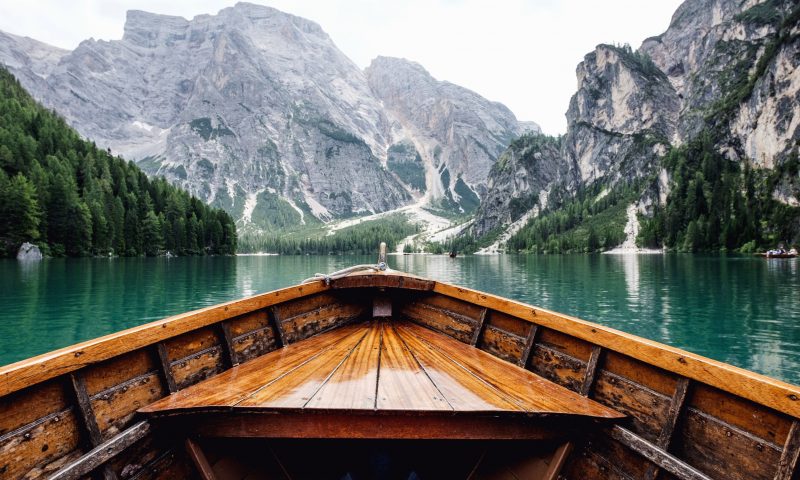With the end of the summer fast approaching, it is now possible to draw up a first assessment of mountain tourism. Between capricious weather and instability due to the Covid epidemic, let’s discover the first results of this summer for the mountains.
Tourism on the rise this summer
In Switzerland and France, tourism did not stop in the summer of 2021. On the contrary, in the face of the Covid epidemic and rather gloomy weather, holidaymakers chose to leave for different destinations, including the mountains.
The Swiss, especially the French-speaking population, made up for the lack of foreign tourists. For example, in the canton of Neuchâtel, it is estimated that among national tourists, about 50% French-speaking and 50% Swiss-German tourists visited the region’s sites, a rare occurrence since the proportion of German-speaking people is generally higher. Other findings: families came in large numbers and the average length of stay was longer than in other years.
The French also chose to go this summer. The beaches (and the coastline) appear to be the big winners of the summer according to the SNRT (Syndicat National des Résidences de Tourisme). Indeed, the areas close to the sea and the ocean show +8 points of occupation rate over the whole season (compared to the previous year).
The mountains are not to be outdone either, with booking rates up to 25% higher than the previous year.
The mountains are doing well
If for the whole of the French massifs, occupancy rates have progressed by 7.3% over the summer period, with an average occupancy of 56.5% (80.2% in the second week of August), it is the Pyrenees that are pulling this average upwards (+20.9%).
The Northern Alps (+5.4%) and the Southern Alps (+4.6%) are not far behind. In the end, between 2019 and 2021, the occupancy rate for the summer season has thus increased by 10.5% in the mountain resorts, despite the pandemic.
However, this trend varies according to the mountain ranges and resorts, with the smallest and medium-sized resorts benefiting more from the current context.
Faced with this influx of tourists, the resorts, ski areas and national parks have also taken rigorous environmental measures. The aim is to reduce nuisances as much as possible in a context of strong tourist influx:
- Communication campaign “Que la montagne est belle” for the Catalan Pyrenees Regional Nature Park
- Lac d’Allos: reduction of parking capacity by 30%.
- Limiting the influx of drones for the Pyrenees National Park
- Raising awareness of the routes and paths to take in the Southern Alps

Mixed results for 2021, but hope for 2022
This summer season is, unfortunately, far from compensating for the losses of the beginning of 2021, caused in particular by the closure of ski lifts.
The ski resorts, particularly in France, suffered enormously from the Covid closures, and saw huge financial losses over this period. Taking the example of the major holiday group “Club Med”, this resulted in the closure of 14 resorts in the Alps, and a loss of turnover of 260 million euros.
However, the next winter season seems rather encouraging, notably thanks to the increase in vaccination coverage, the health pass, but also to the very likely reopening of the ski lifts next season.
The proof, as Thierry Orsoni (Club Med spokesman) points out, with a strong booking trend for the second half of the year, 90% higher than last year.

